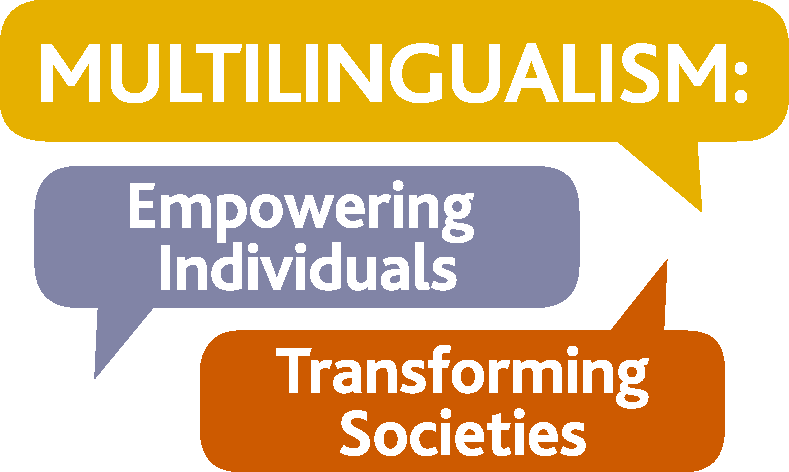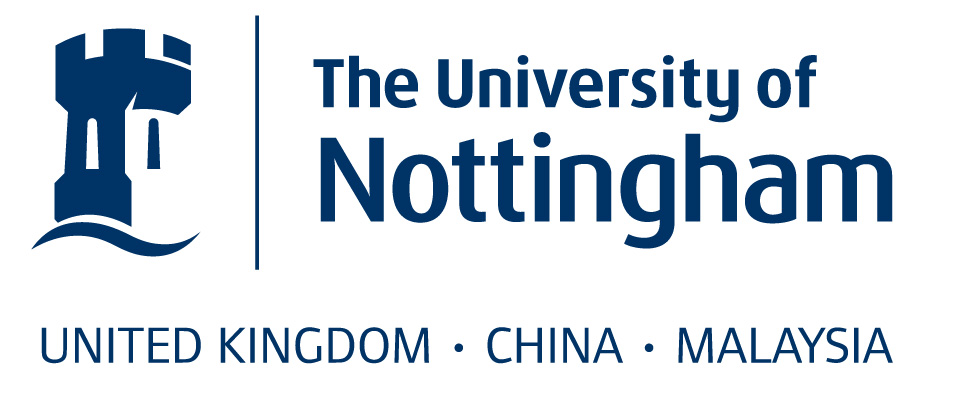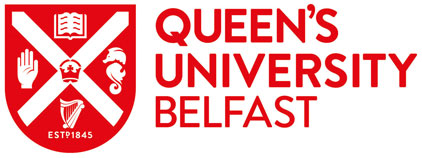|
The Challenges of bilingual language education: the case of Chinese and Mongolian in China
Europeans know of some kinds of bilingual education - Welsh English in Wales, English as a foreign language in most of Europe, German as a second language for Syrian refugees, for example. You don’t hear so much in Europe about bilingual education in China, despite the existence of 55 recognized ethnic minorities, each with their own language. But that – or more precisely, one example of it, Mongolian-Chinese education – is the focus of my PhD.






